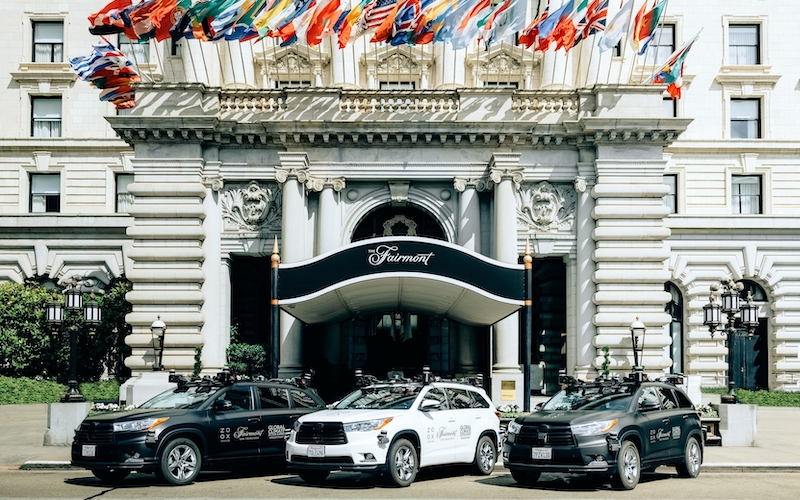Silicon Valley companies have two basic operating modes. The first, most common one is the perpetual hype machine. In the automotive space, Tesla is the best representative of the genre. Constant tweets and rampant speculation by fanboy followers and strident shortsellers feed an active microsystem orbiting around every action – or speculated action – of the company or its peripatetic CEO Elon Musk. Many other companies try to go down this road, hoping attention will equate to a spike in valuation – or attract more investment or employees.
The second type of Silicon Valley company is a mirror image of the first. These companies are described as operating in stealth mode, going out of their way to avoid mentions in media or Silicon Valley’s equivalent of gossip columns. Stealth companies typically have their capital needs set and are working
to get their technology either to a functional state – or sometimes get it to a state where it is legally defensible when they shift to a more public phase.
Zoox is one of the latter companies that has just shifted out of stealth mode. It chose a world stage, the Global Climate Action Summit in San Francisco in September, to show off its autonomous vehicle technology. The showcase was three Toyota Highlanders festooned with what looked like an exoskeleton of technology to turn them into self-driving cars.
No Overnight Success
Like most tech companies, you wouldn’t describe Zoox as an overnight success. The company was founded by an Australian entrepreneur, Tim Kentley-Klay, and a well-connected Stanford University engineer, Dr. Jesse Levinson, four years ago and now has more than 550 employees. It has managed to attract $800 million in private investment and plans a 2020 launch of an autonomous ride-hailing service in San Francisco.
The look of that vehicle remains a closely guarded secret (investors willing to put $100 million into the company reportedly get a look at it). However, it has been described as lacking a steering wheel or brake pedal, seating four passengers with two rows facing each other, and bi-directional (i.e., capable of driving in either direction, with no real front or rear). Co-founder Levinson told the San Francisco Chronicle that his company’s car was “a new type of vehicle unlike anything anyone has experienced before.”
Details of the vehicle include: electric motors at each wheel, a battery big enough to power it for a full day’s run, an alert system that will warn pedestrians of the vehicle’s presence, and sensors integrated into the vehicle. The car and the ride-hailing service software are being developed in-house at Zoox, as is the hardware and its integration. Some of the car’s foundational technology is based on that which Levinson created at Stanford with his team. No affiliations with any automotive or tech companies have been announced, so the details of Zoox’s production plans are unclear.
Even lacking that, the now-somewhat public leaders of the company say they are confident they are ahead of some of their larger competitors like Google’s Waymo or even Tesla. They have set out to do three major disruptive automotive tasks: build the best self-driving car, build a better electric car, and craft a more efficient ride-hailing service. That puts them squarely in the crosshairs of three leading entities: Waymo, Tesla, and Uber. Those three are all well on the way on their own projects and are unlikely to be daunted by a startup like Zoox. In the meantime, we now know more about this mysterious startup and can start to track its progress. It will be an interesting ride, even if no one is in the driver’s seat.










